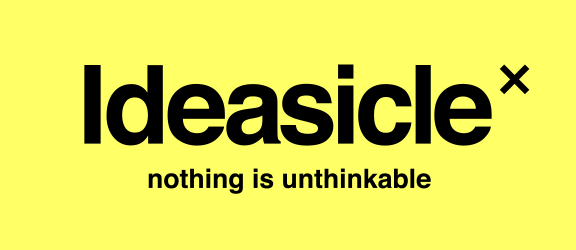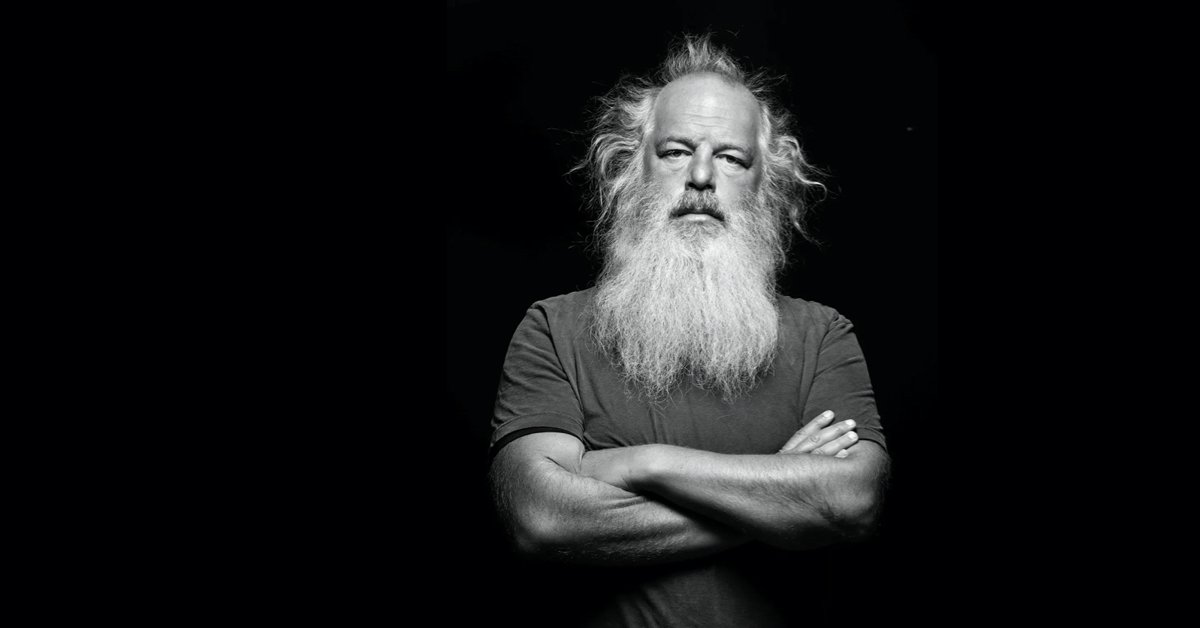Rick Rubin: "Create An Environment Where You're Free To Express What You Were Afraid To Express."
Photo: © Muriel Hurtado Herrera
I’ve been reading Rick Ruben’s brilliant book called “The Creative Act: A Way Of Being” recently. It’s an incredibly useful dissection of what creativity is and how to increase the odds of it happening.
One of the things he talks about relates to fear and how important it is to, as he puts it, “Create an environment where you’re free to express what you were afraid to express.” This statement challenged me to think anew about how Ideasicle X mitigates creative fear. After some thought, here are three tangible ways I believe the IX model minimizes fear among the teams of four.
The online disinhibition effect.
The “online disinhibition effect” is a powerful fear-remover when it comes to creativity. Oddly enough, the phrase comes from analyses of vitriolic behavior on social media platforms. Simply put, people feel less afraid to say crazy, mean-spirited things when they are saying them online and not to a person’s face. People are more fearless when others feel like an online abstraction and not real people. Horrible for social media discourse. But you know what? Amazing for creativity.
This same effect, this disinhibition, serves the creative process well because the team of four people working your idea project are less inhibited because they are working virtually (online), as compared to when they work together in person. Less inhibited means taking more chances, posting what might be a shitty idea (shitty ideas lead to great ones all the time), and generally behaving fearlessly.
Or, as Mr. Rubin might say, “Expressing what you were afraid to express.”
Managing stage fright.
One thing I learned early on is that having too many team members on a virtual idea-job increases fear. Too many people in the virtual room conjures stage fright in the participants. They won’t post fleeting thoughts or half-baked ideas, which always, always lead to bigger and better ideas once the rest of the team start building and riffing. When there are too many people, they wait until a polished, perfect gem emerges that will surely impress the rest of the team. But at this point days have passed, engagement minimized, opportunities missed.
Four is the ideal number for a virtual environment because it’s not so big that the team clams up in fear, but it’s big enough to get the exponential effect of multiple perspectives colliding.
Take THAT, fear.
No clients or meetings or politics to worry about.
In traditional agencies, creative people have to come up with ideas in the contextual fear of pleasing clients, of navigating multiple meetings, and of office politics they can’t control. There’s none of that with Idesaicle X, particularly with our ProXy Service where I run the projects for clients and manage the relationships and presentations. In fact, when I run an idea project, the creative team (of 4) never interacts with the client at all. I do. So all they have to worry about is fearlessly posting brilliant ideas, brilliant builds on other ideas, and riffs creating new ideas. I’ll worry about the rest We have no meetings, just deadlines. And we couldn’t conjure office politics if we tried. It’s simply all about the ideas, and that’s it. Fear, be damned.
Thank you for the inspiration, Mr. Rubin. You helped me think about Ideasicle X through a different prism. You can pick up his amazing book here:.
As I get deeper into the book, he’s likely to inspire more posts like this. Tell us below how you mitigate fear in your creative process.
Will Burns is the Founder & CEO of the revolutionary virtual-idea-generating company, Ideasicle X. He’s an advertising veteran from such agencies as Wieden & Kennedy, Goodby Silverstein, Arnold Worldwide, and Mullen. He was a Forbes Contributor for nine years writing about creativity in modern branding. Sign up for the Ideasicle Newsletter and never miss a post like this.




